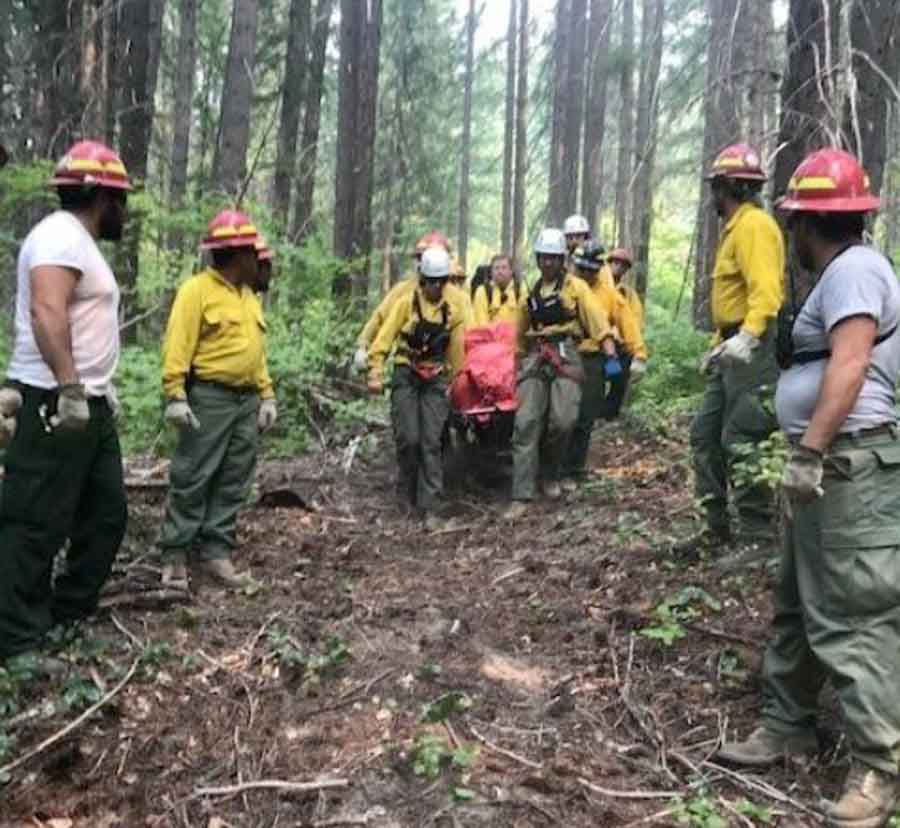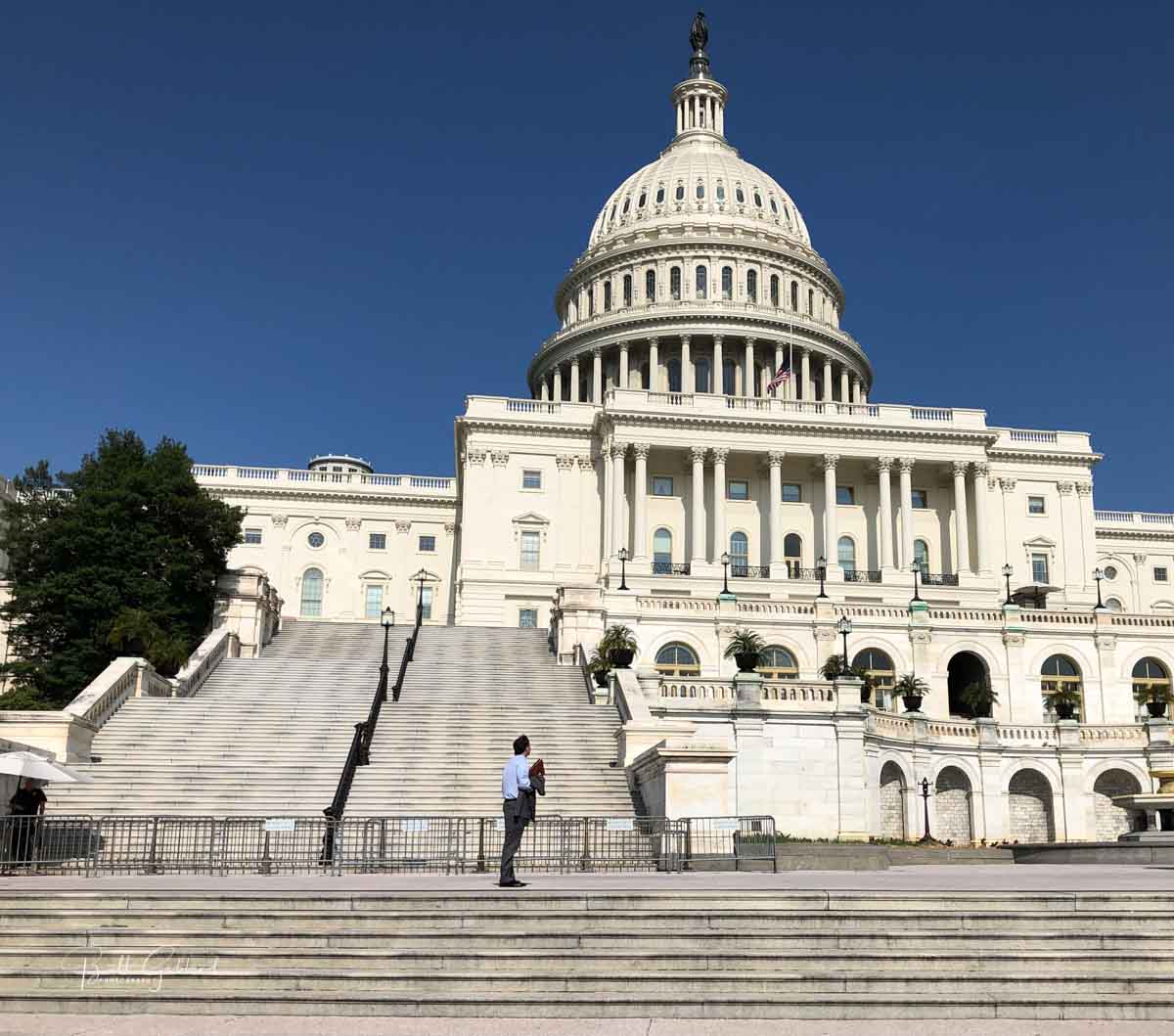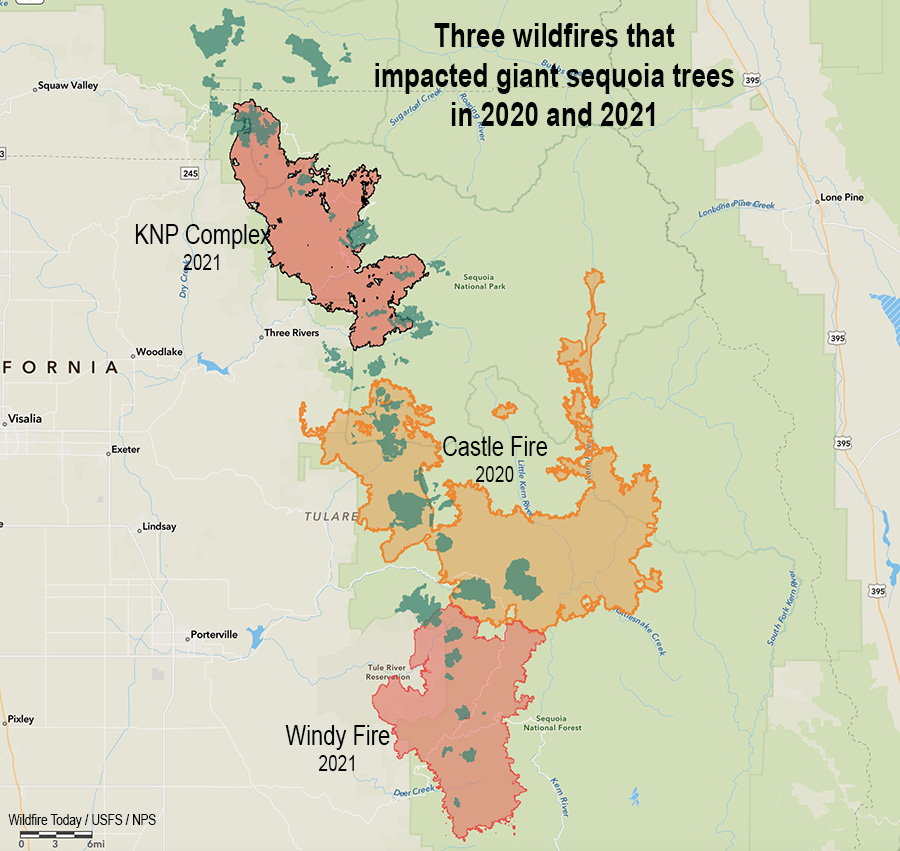
The infrastructure bill passed by Congress last week will significantly change the employment landscape for federal wildland firefighters. We covered the details earlier, but it includes pay raises, a distinct “wildland firefighter” occupational series, mental health support, conversions of 1,000 seasonal wildland firefighters to permanent full-time, and many other issues — totaling $3.3 billion for fire management.
This is an unprecedented, probably once in a lifetime legislative achievement. Some of the changes are so sweeping that there may be a need to smooth out some unanticipated consequences. There could be opportunities for fine tuning in two other pending bills: H.R. 4274 Wildland Firefighter Fair Pay Act, and H.R. 5631 Tim Hart Wildland Firefighter Classification and Pay Parity Act. Brief descriptions of the two bills are in the article we published October 26.
All but the most cynical will look at the bill passed last week as a huge step toward improving the work environment for 15,000 firefighters and hopefully will begin to turn around issues with hiring and retention. The fire management section was drafted by legislators, as well as staffers for the Senate Committee on Energy and Natural Resources. Many special interest groups provided input. One of them was Grassroots Wildland Firefighters (GRWFF).
“There is so much noise in the system around the pending legislation,” wrote GRWFF President Kelly Martin in an email last week just before the final passage. “We want to make sure it’s clear that these are not ‘our’ bills. These bill’s are the legislator’s and we’ve only served as subject matter experts for them. We really want to be clear that we are not seeking credit. The credit belongs to the wildland firefighters out busting their asses and to the families of those who have died.”
Ms. Martin submitted the statement below from the organization. She said it was written by herself, Vice President Lucas Mayfield, and Executive Secretary Riva Duncan.
Grassroots Wildland Firefighters (GRWFF) would like to take this opportunity to thank everyone who is supporting the wildland fire community and fighting for long overdue reforms, and to thank Bill Gabbert for letting us use this forum for much needed open and honest dialog
We’d also like to help clarify some potential misunderstandings people might be talking about. We’ve seen a few articles, comments, posts that H.R. 5631, Tim’s Act, is “our” bill. No legislative bill is ‘owned’ by any particular special interest group, GRWFF included. Legislation belongs to the legislators and their staffs who write these bills. Rep. DeFazio (D-OR) initially introduced the “Infrastructure Bill” with wide-spread bi-partisan support in the House and Senate, and Reps Neguse (D-CO) and Porter (D-CA) and their staffs wrote “HR 5631, better known as Tim’s Act.” The GRWFF serve as subject matter experts when reviewing and drafting bill language, as do many other groups. We have been extremely fortunate legislators have reached out to us as known experts in the field of federal wildland fire workforce issues. Collectively, Grassroots Wildland Firefighters provide hundreds of years of professional experience to help educate and inform elected officials of needed federal reforms wildland firefighters deserve given the high risk and hazardous workplace conditions. We, along with many other special interest groups, will continue to advocate for long overdue reforms. We owe our elected officials a tremendous debt of gratitude for their deep interest in these fundamental reforms which will affect federal Wildland Firefighters for generations to come.
The existing and former workforce and their families deserve the credit. To the firefighters on the firelines, whether they are ground-based, aerial delivered, or arrive by equipment, we are proud you trust us to deliver your stories; it is the fire management officers and duty officers; the dispatchers and the prevention technicians; the fuels technicians; and, sadly, it is the firefighters, and their families, who have paid the ultimate price. All of these dedicated and passionate women and men deserve the credit for the successes so far. They are the ones who face daily risks of severe injury and death; daily hazardous and often toxic environmental conditions and the ones who shoulder the mental, financial and emotional trauma of this very demanding profession. We advocate together for these needed reforms
We want no credit. We are not interested in any perceived “ownership.” We only want meaningful change and reforms. We want a cohesive effort and voice for the existing workforce that leads to lasting and positive change.
Tim’s Act builds upon the groundwork that pending legislation offers up. Unlike the Infrastructure Bill, there are no sunset provisions in Tim’s Act. These are permanent reforms that are needed for the workforce. It is the “cup trench” for the uphill battle that wildland firefighters, their families, and friends face in the coming decades. It has broad bipartisan support in the House and in the Senate. Tim’s Act is something that both Republican and Democrat elected officials can agree to. It finally addresses broad reforms as a path to modernizing the federal wildland firefighter workforce. It is bipartisan legislation which works to ensure we recruit and retain highly trained, experienced and qualified federal wildland firefighters to respond, at a federal level, to all-risk, all-hazard disasters throughout the US and when requested, provide international wildfire support as well.
We are just beginning our journey together. We will continue to speak for those who cannot. We will continue to provide our expertise and experience to those who ask for it and for those who fight alongside us. We are in it for the long-game. You and your colleagues have the ability to speak up, too. We are taught to lead up, and if we see something, we say something. The status quo is no longer acceptable. The demands of the 21st century fire environment require us to work together and commit to the hard work ahead of us. We believe this time is different. Supporting Tim’s Act is the opportunity to lead up. Let your elected officials know how the reforms identified in Tim’s Act will affect you personally if/when this bill becomes law. Your support makes a difference to our volunteers passionately dedicated to these reforms. Join our exciting movement; get engaged and stay informed. https://www.grassrootswildlandfirefighters.com/get-involved.
Nothing about us without us.








